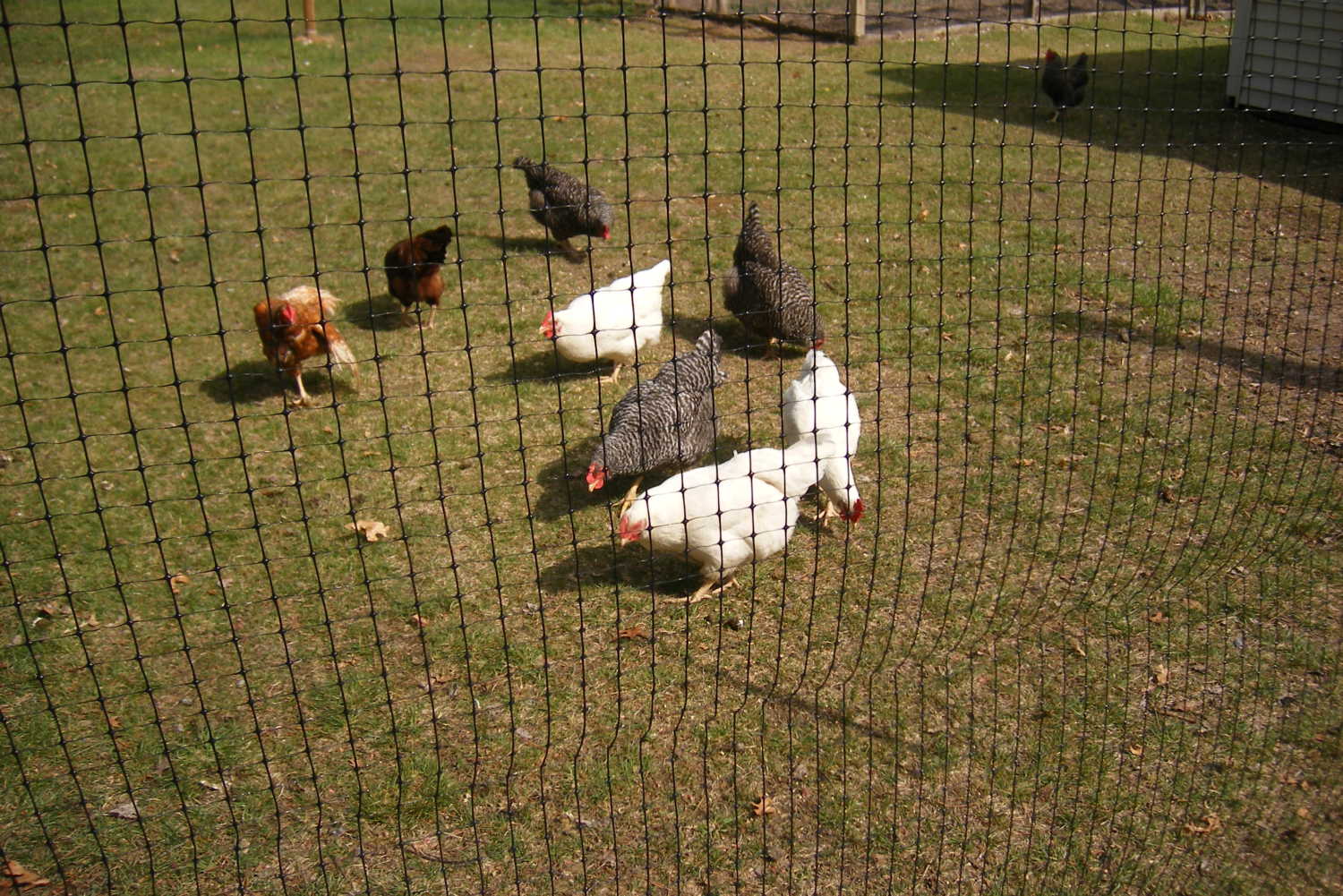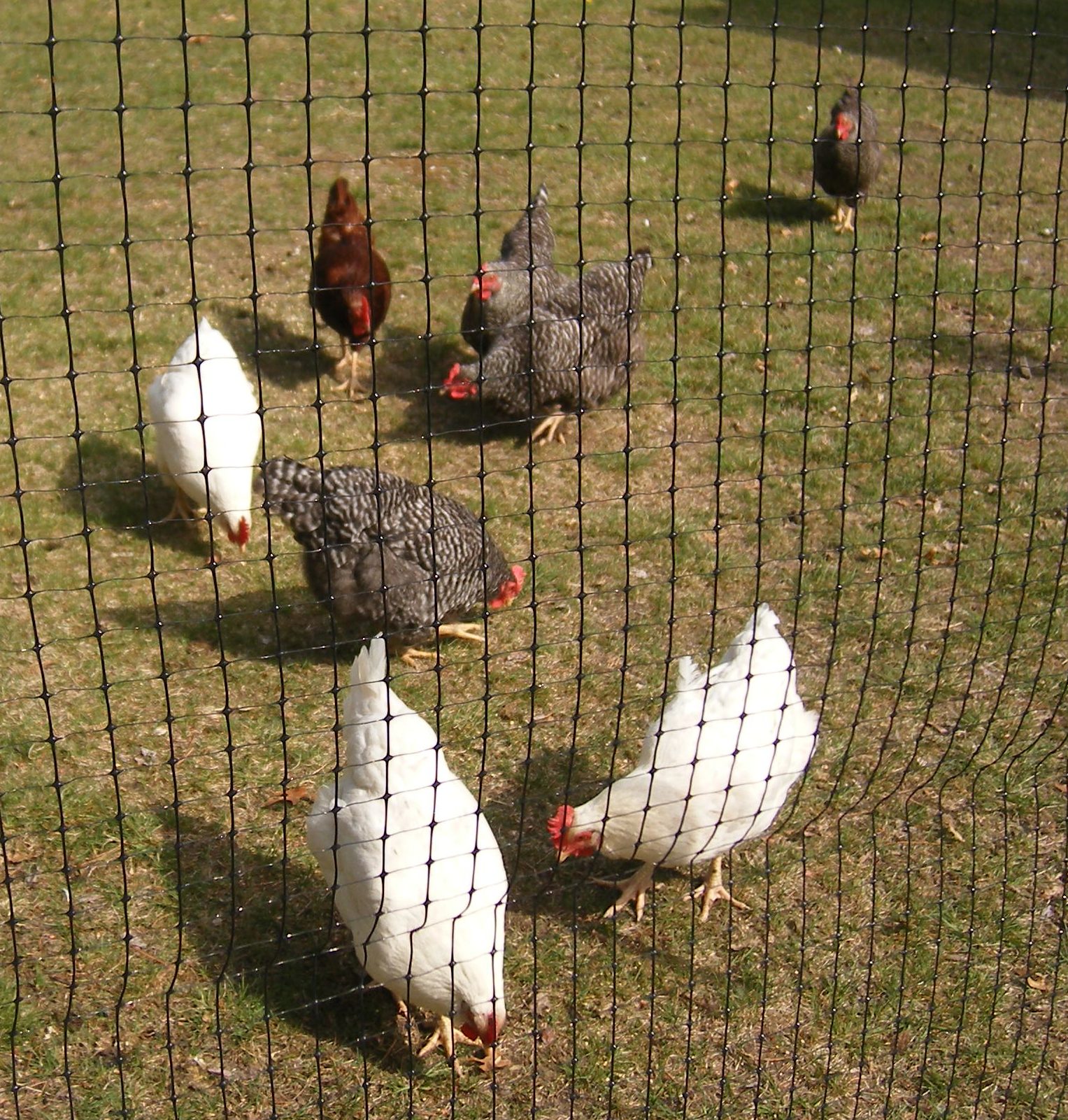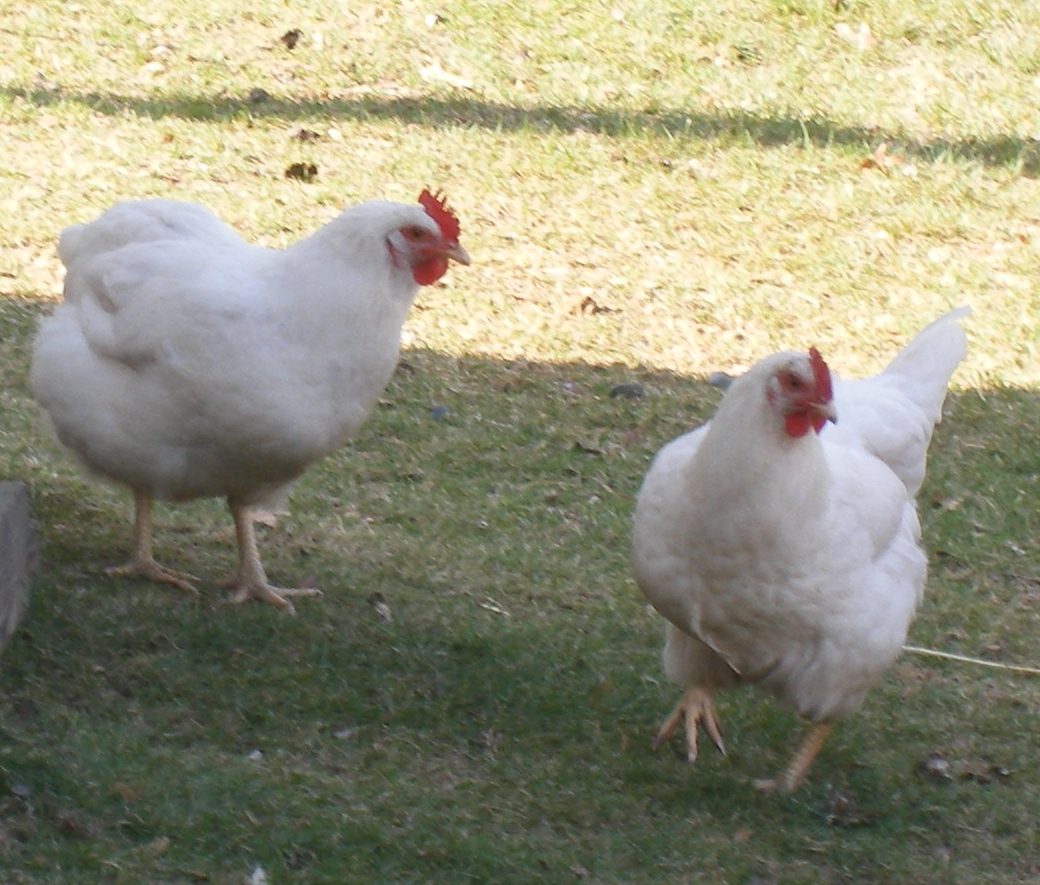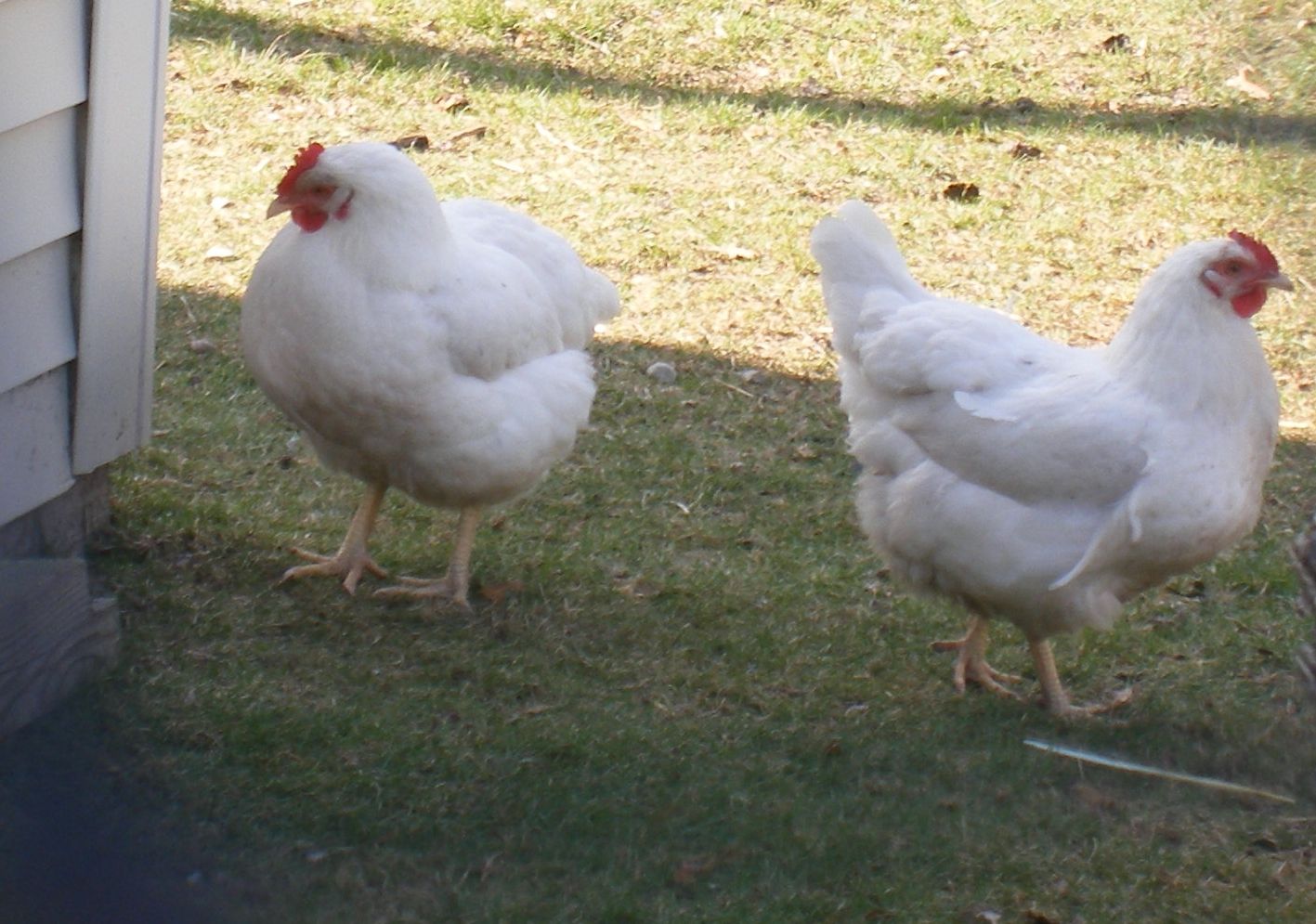It is true, of course, that sex link hybrids do not breed true. In other words, you can breed a Black Sex Link to Black Sex Links and get more of them. In the same way, you cannot breed a Red Sex Link again and expect more RSLs.
But, you can breed them. These are third generation BSLs and third generation ISA Browns. The ISA Brown produces a preponderance of white, almost White Rock type birds. The BSLs produce a muddled, dark Barred Rock looking bird. We've not been nearly as concerned about the genetics and color as we were interested in the personalities, health, growth and egg laying of a second and third generation breeding. Enjoy the photo show.





But, you can breed them. These are third generation BSLs and third generation ISA Browns. The ISA Brown produces a preponderance of white, almost White Rock type birds. The BSLs produce a muddled, dark Barred Rock looking bird. We've not been nearly as concerned about the genetics and color as we were interested in the personalities, health, growth and egg laying of a second and third generation breeding. Enjoy the photo show.















